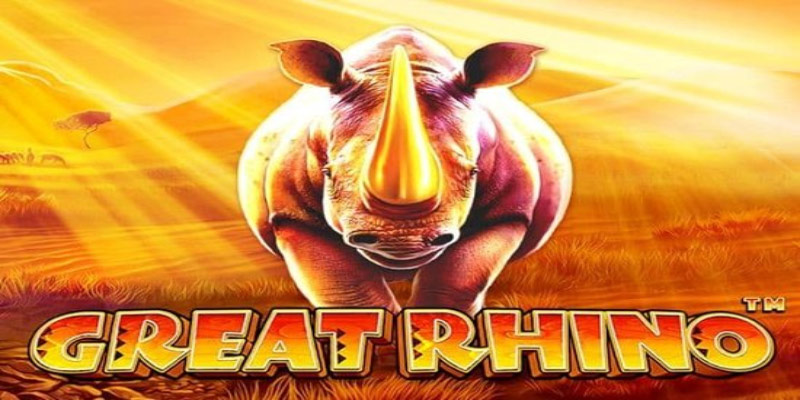The Great Rhino stands as a powerful symbol of wildlife, captivating nature lovers and conservationists worldwide. With its impressive size and iconic horn, this majestic creature highlights our planet’s rich biodiversity and the urgent need for protection. Join us as we explore its habitat, significance, and the challenges it faces in the wild. Discover more about this incredible species with 99ok!
Who is the Great Rhino?
Understanding the Great Rhino begins with appreciating its classification and distinct features.
The Species Breakdown
The term “Great Rhino” typically refers to the two primary species found in Africa: the White Rhino and the Black Rhino. These magnificent creatures belong to the family Rhinocerotidae and hold crucial roles in their respective ecosystems.
White Rhinos are known for their large size and broad mouths, allowing them to graze on grasses. On the other hand, Black Rhinos, smaller and more agile, have pointed mouths suited for browsing shrubs and bushes.
Both species possess thick skin, which serves as armor against predators, and a horn made of keratin, similar to human nails, that plays a significant role in their behavior and interactions with their environment.
Unique Traits and Behaviors
The Great Rhino is not just defined by its physical attributes; its behavioral traits are equally captivating. Rhinos are generally solitary animals, particularly Black Rhinos, which prefer to roam alone or in small groups. White Rhinos may form larger groups, especially females with their young.
Their social hierarchy and communication methods are fascinating—rhinos communicate through various vocalizations, body language, and even scent marking. This rich tapestry of behavior highlights their adaptability and resilience in the face of environmental changes.
Ecological Significance
The ecological importance of the Great Rhino cannot be overstated. As herbivores, they play a critical role in maintaining the health of grasslands and savannas by controlling vegetation growth, which in turn supports a diverse array of other species. Their feeding habits help create habitats for smaller animals and promote biodiversity, making them keystone species within their ecosystems.
How to Appreciate the Great Rhino
Appreciating the Great Rhino transcends mere observation; it involves understanding its habitat, behaviors, and the threats it faces.
Best Locations to See Great Rhinos
One of the best ways to appreciate these majestic creatures is through responsible wildlife safaris in their natural habitats. Renowned locations such as Kruger National Park in South Africa, Etosha National Park in Namibia, and the Maasai Mara in Kenya offer unique opportunities to witness Great Rhinos in their element.
Guided tours led by knowledgeable rangers enhance the experience, providing insights into the animals’ lives, behaviors, and conservation efforts underway to protect them.
Responsible Wildlife Viewing
To fully appreciate the Great Rhino while ensuring its safety, adhering to responsible wildlife viewing practices is paramount. Always maintain a safe distance, follow your guide’s instructions, and refrain from disturbing their natural behaviors. The aim is to observe without impacting their habitat or stress levels.
Additionally, engaging with local communities and supporting eco-tourism initiatives can contribute to conservation efforts while enriching your experience.
Learning Through Conservation Programs
Participating in or supporting conservation programs dedicated to the Great Rhino is another effective way to appreciate these incredible animals. Many organizations focus on anti-poaching efforts, habitat preservation, and education regarding the importance of rhino conservation.
By becoming involved in educational campaigns, you not only deepen your understanding but also advocate for the protection of rhinos and their environments.
Conclusion
The Great Rhino stands as a symbol of wildlife’s magnificence and fragility. Appreciating this majestic creature goes beyond mere admiration; it entails understanding its role in the ecosystem, recognizing the threats it faces, and taking action to ensure its survival.


